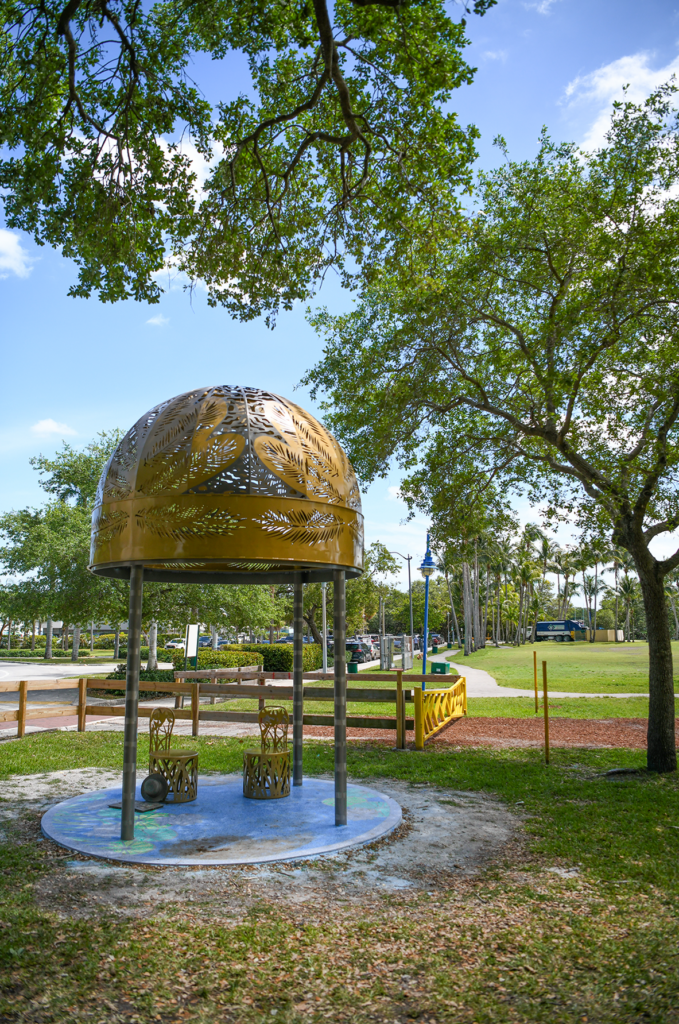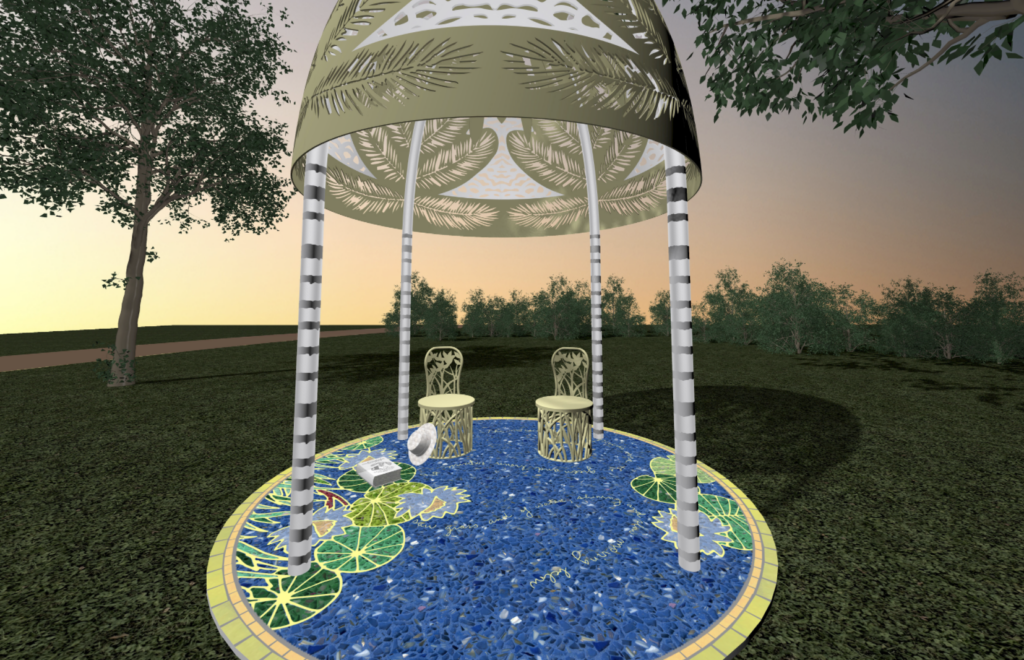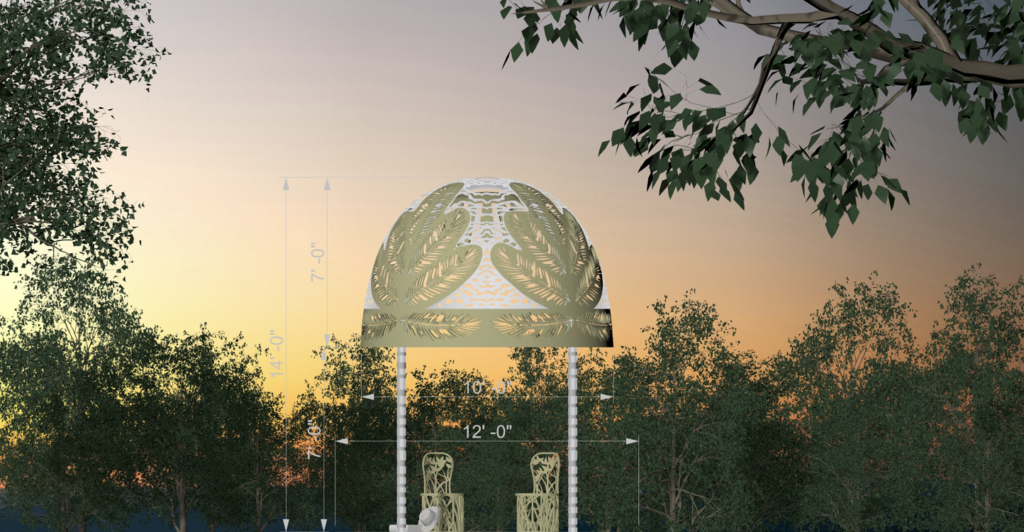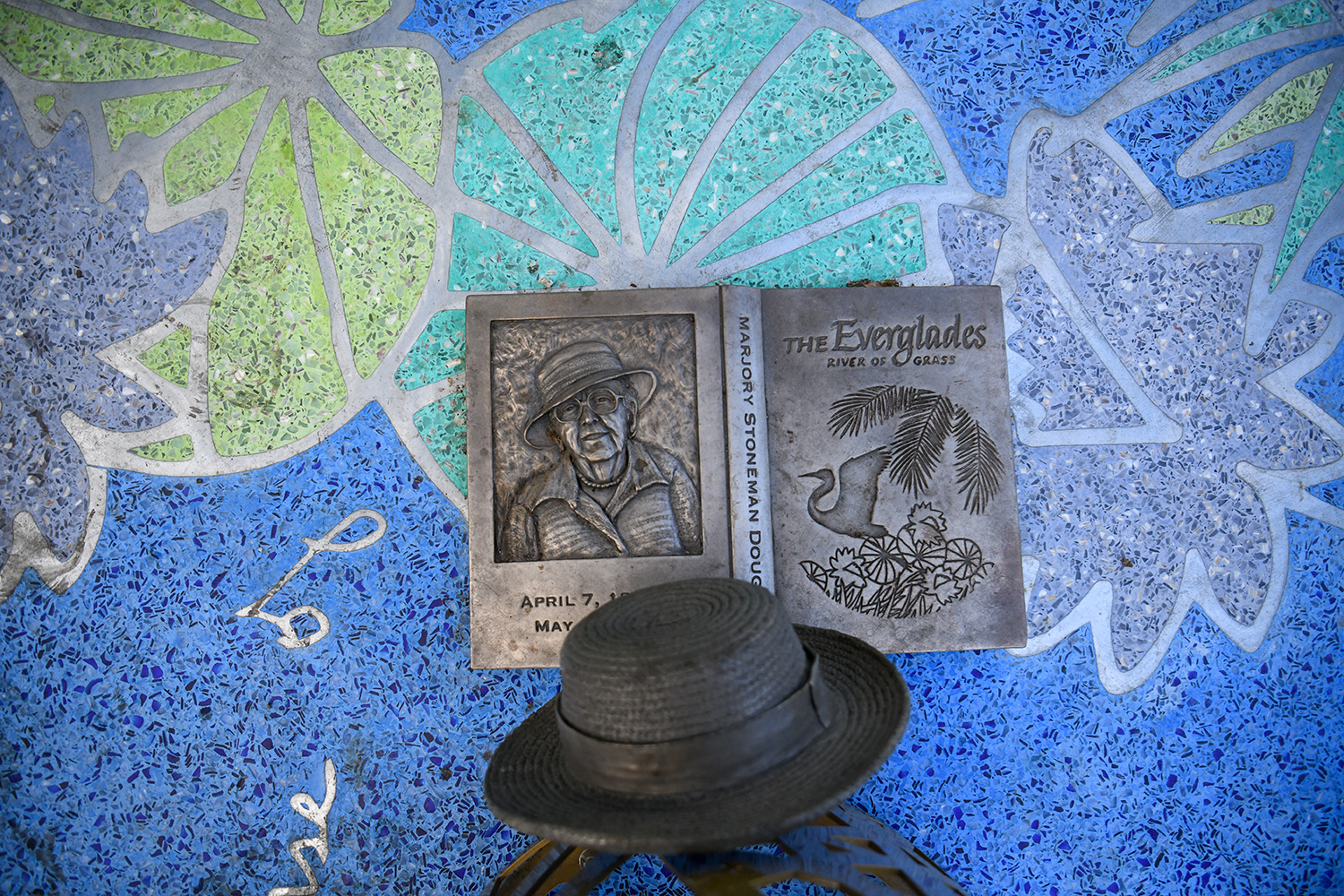

More in Community
-


Community
Hermès Presents Cinematic Performance “On the Wings of Hermès” Debuting in Miami on April 18th
Residents of Coconut Grove Miami, prepare yourselves for an unforgettable artistic adventure right in the heart...
-
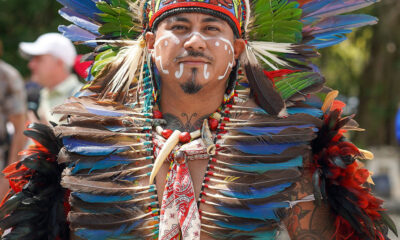

Community
Honoring the Aztec Tradition: A Spiritual Journey at the 4th Annual Danza Conchera Ceremony
Today, we embarked on a transformative and spiritual experience that honored the profound traditions of the...
-


Community
Mercy Hospital Brings Holiday Cheer Back with a Heartwarming Event
After years of distance and uncertainty, Mercy Hospital brought joy back to the community with its first holiday...
-


Community
126 Years of Dedication to our Residents: The City of Miami Fire Department Anniversary Event
Last Saturday, the City of Miami came together to celebrate a remarkable milestone—the 126th anniversary of...
-


Community
Vizcaya Village Café Grand Opening
Grand Opening of the Newly Restored Vizcaya Village Café a Resounding Success The grand opening of...
-


Commercial
Michael Comras Exclusive Interview
For those of us who don’t know you, please introduce yourself: I am Michael Comras, Principal...
-
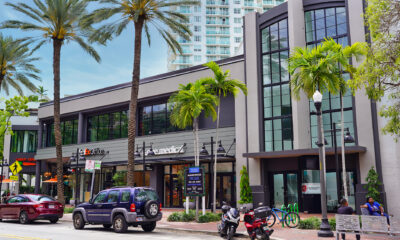

Commercial
Former 24 Hour Fitness Building Transforms into The Canopy Offices, a Commercial Hub in the heart of Coconut Grove
Contemporary Office Suites and Rooftop Terrace In the heart of Coconut Grove, Miami, a transformation is...
-


Community
Meet Ivy S. Bennett of Lewis Arts Studio
What brought you to A4L and how long have you been with the organization? I started...
-
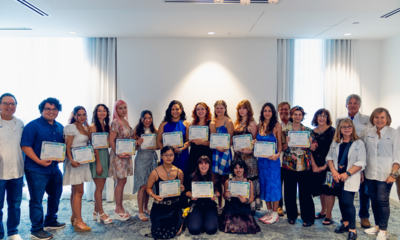

Art
Coconut Grove Arts Festival Awards $48,000 in Scholarships to Miami-Dade County’s Most Talented Art Students
Arts Festival Board of Directors proudly honors 16 promising young artists with $3,000 scholarships, empowering them...
-
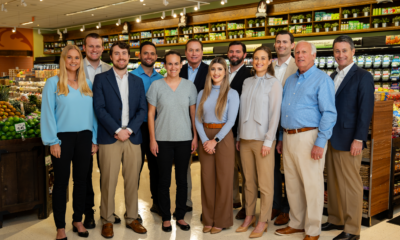

Community
Milam’s Markets Celebrates 40th Anniversary
Milam’s Markets is proud to announce its 40th anniversary, marking four decades of exceptional customer service...


